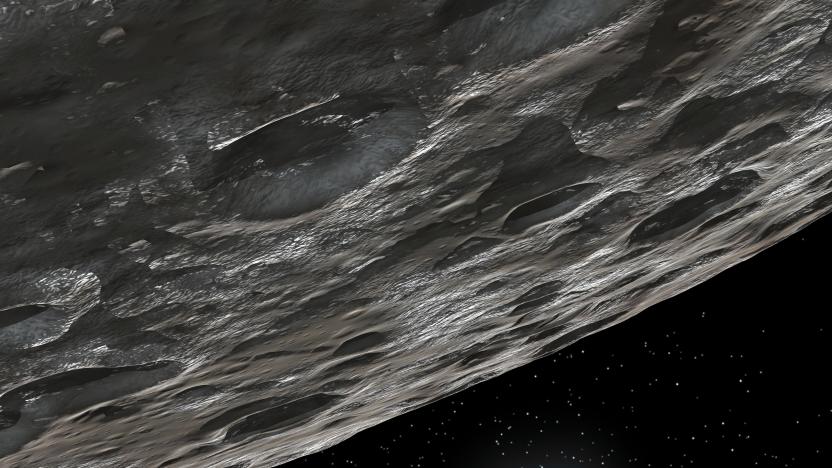planetoid
Latest

Astronomers confirm the most distant object in the Solar System
Scientists have confirmed that Farfarout is the most distant object in the Solar System — it makes Pluto seem close.

Scientists prove dwarf planet Ceres contains water
Scientists have long thought that the dwarf planet Ceres might hold some form of water, but they've only had indirect evidence at best -- until today, that is. An ESA-led team has used signal fluctiations to confirm that the asteroid belt planetoid is spewing water vapor from two points on its surface, creating both ice and a rudimentary atmosphere. It isn't clear what's producing the vapor, although researchers believe that geysers, thawing or icy volcanoes may be responsible. Whatever is behind Ceres' behavior, the discovery could improve our understanding of how water reached Earth. We'll get a much clearer picture of what's happening in early 2015, when NASA's Dawn probe swings by to map the mini-planet's water activity in greater detail. [Image credit: ESA/ATG medialab/Küppers et al.]

Trojan asteroid caught circling Earth, the Greeks deny involvement
Hide your kids, hide your wife, there's an asteroid circling Earth's orbit and we're all gonna... be just fine? Yeah, no need to stock up those '60s fallout shelters folks, this approximately 1,000 feet wide space rock is sitting pretty and safe in one of our Lagrange points. The so-called Trojan asteroid, known as 2010 TK7, was uncovered 50 million miles away by the infrared eyes of NASA's Wide-field Infrared Survey Explorer (WISE) telescope, and is the first of its kind to be discovered near our humble planet. Typically, these near-Earth objects (NEOs) hide in the sun's glare, but this satellite's unusual circuit around our world helped WISE and the Canada-France-Hawaii telescope confirm its existence. The finding has our best and brightest giddy with the hope similar NEOs "could make excellent candidates for future robotic or human exploration." Unfortunately, our new planetoid friend's too-high, too-low path doesn't quite cut the space mission mustard. No matter, 2010 TK7 still gets to call "First!"

